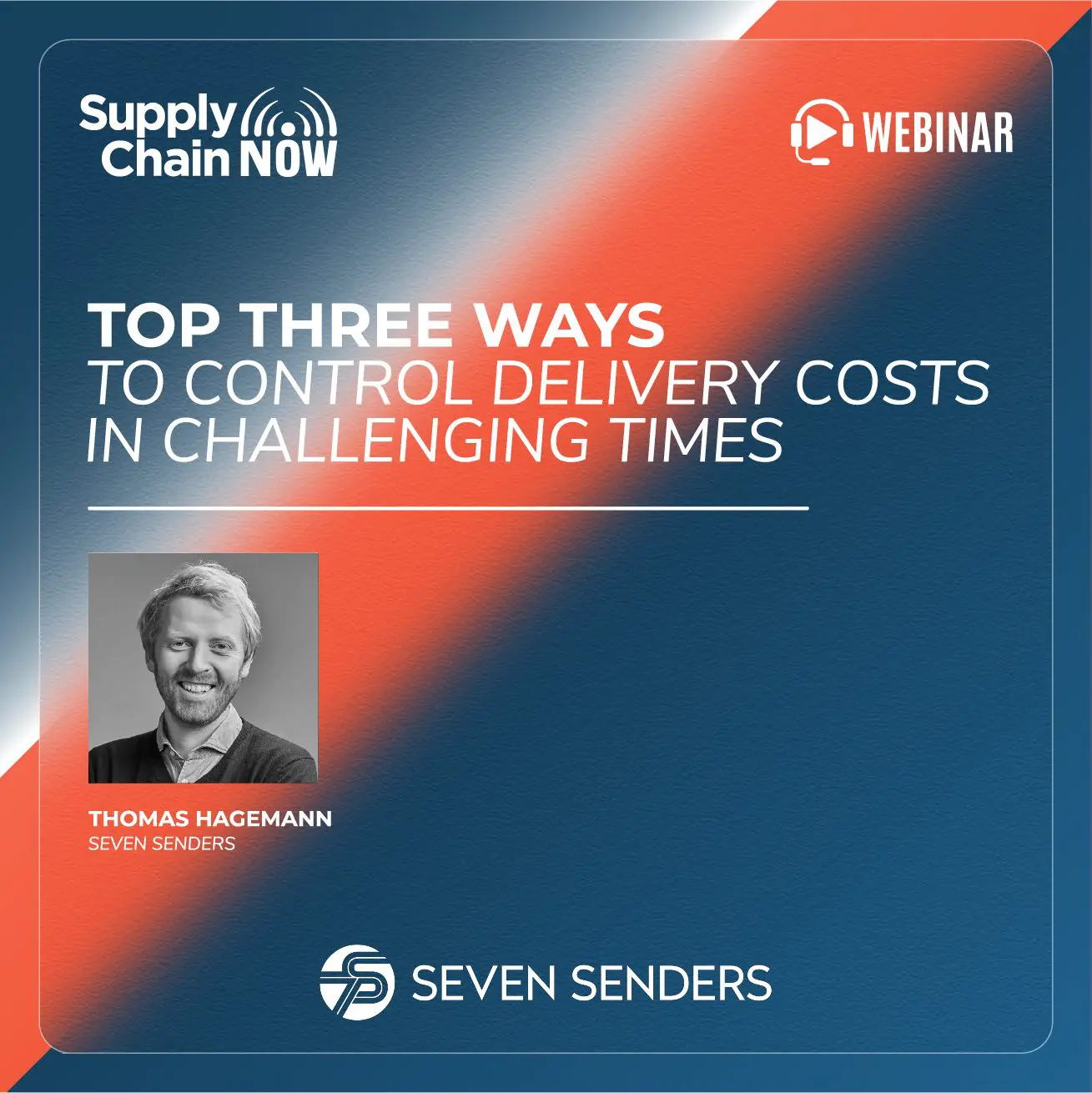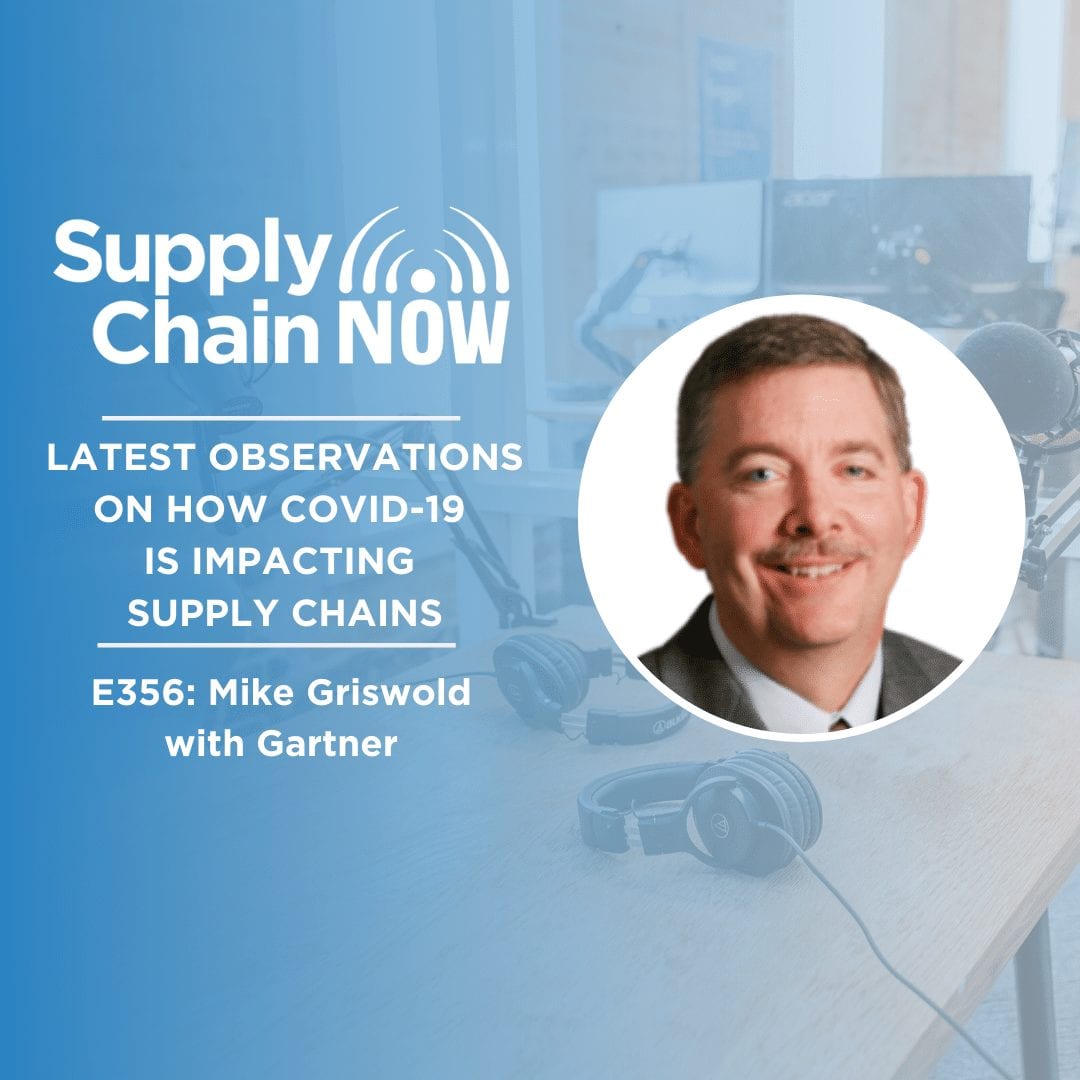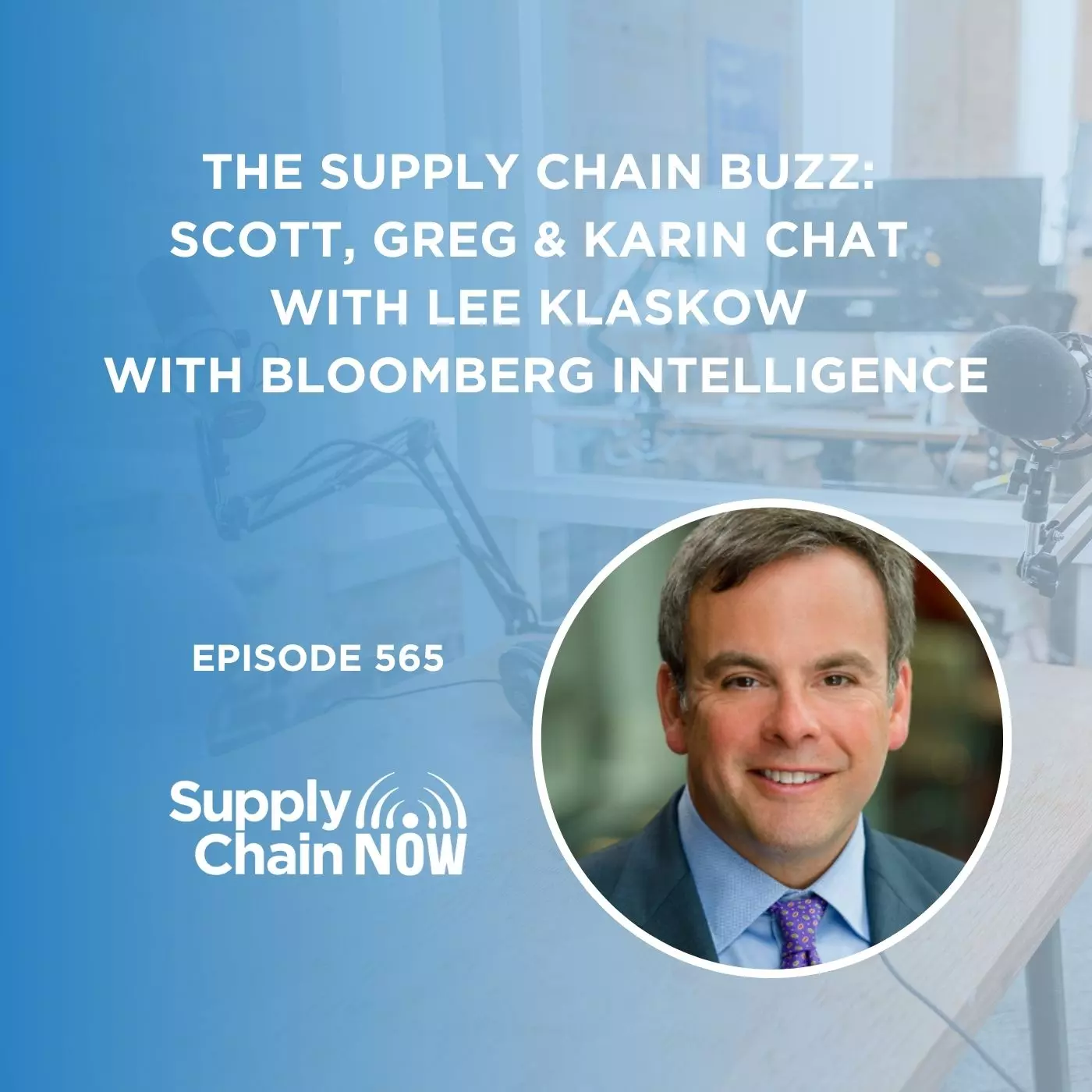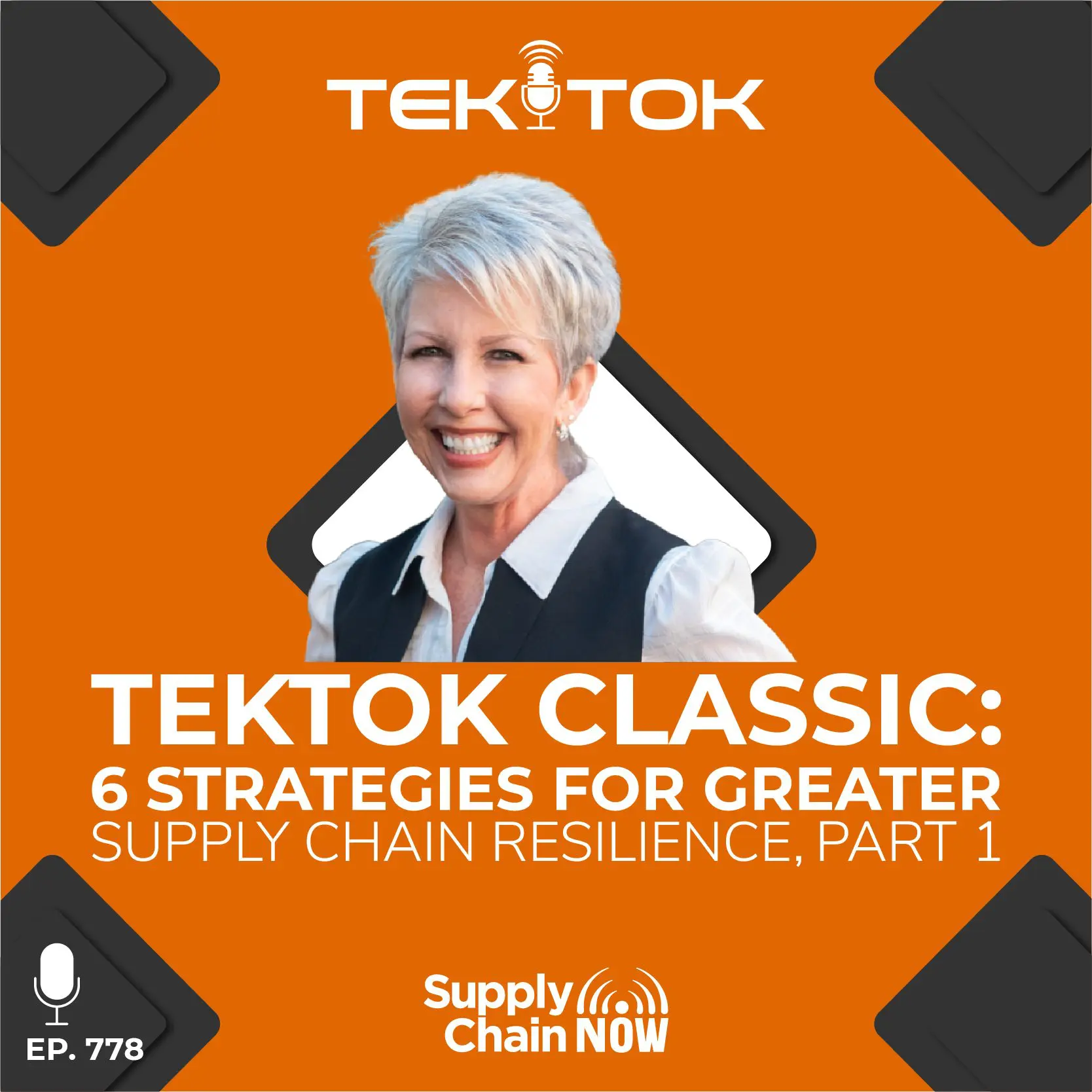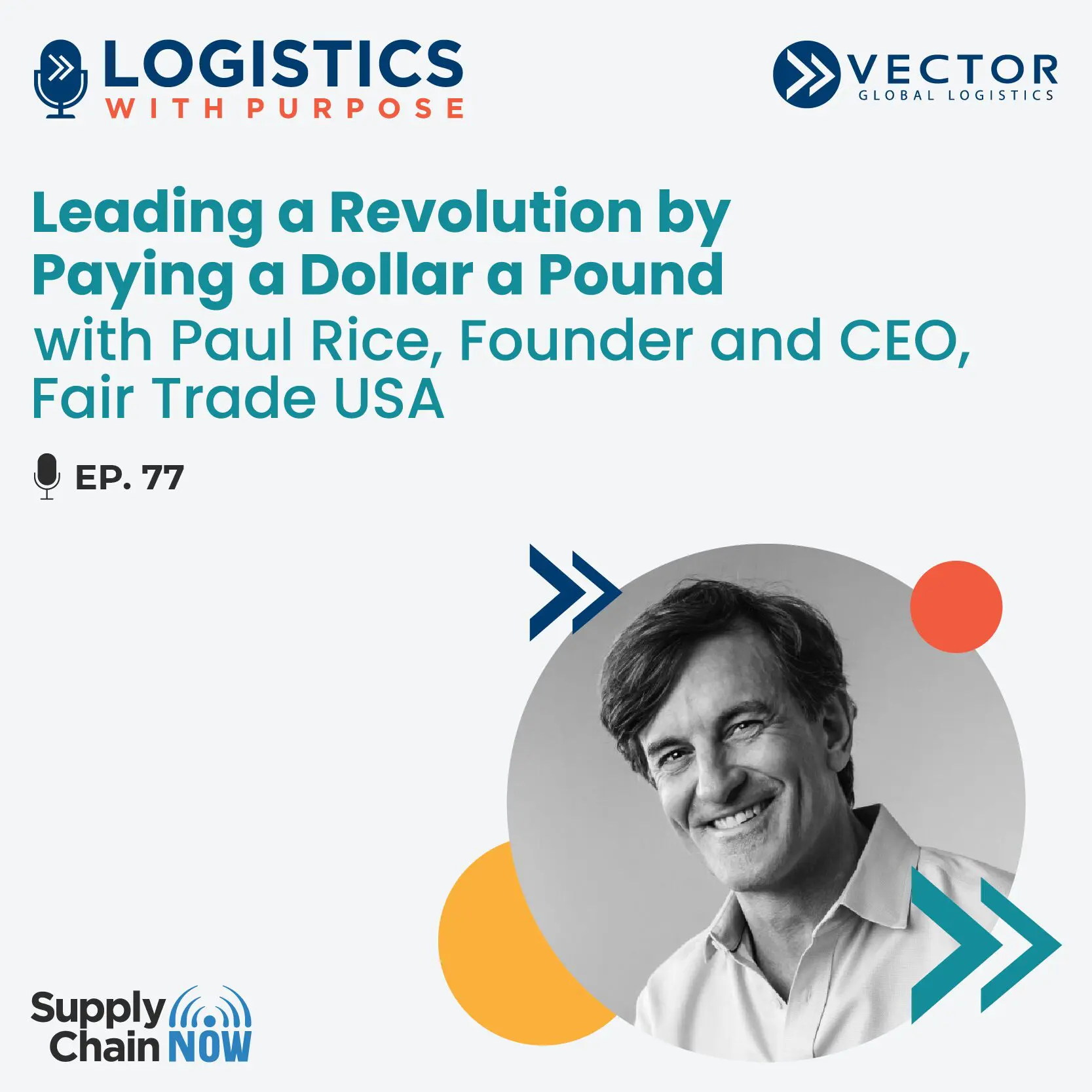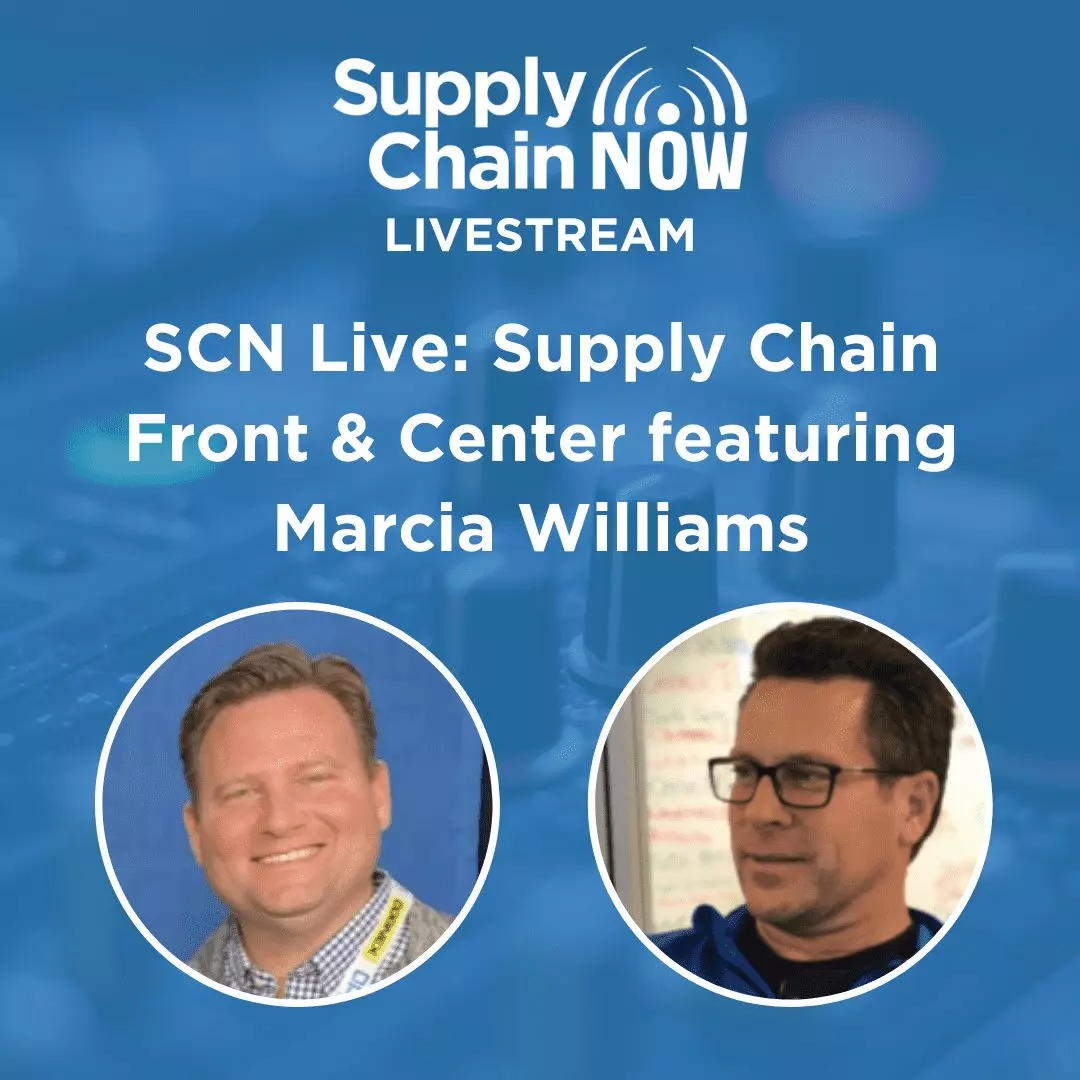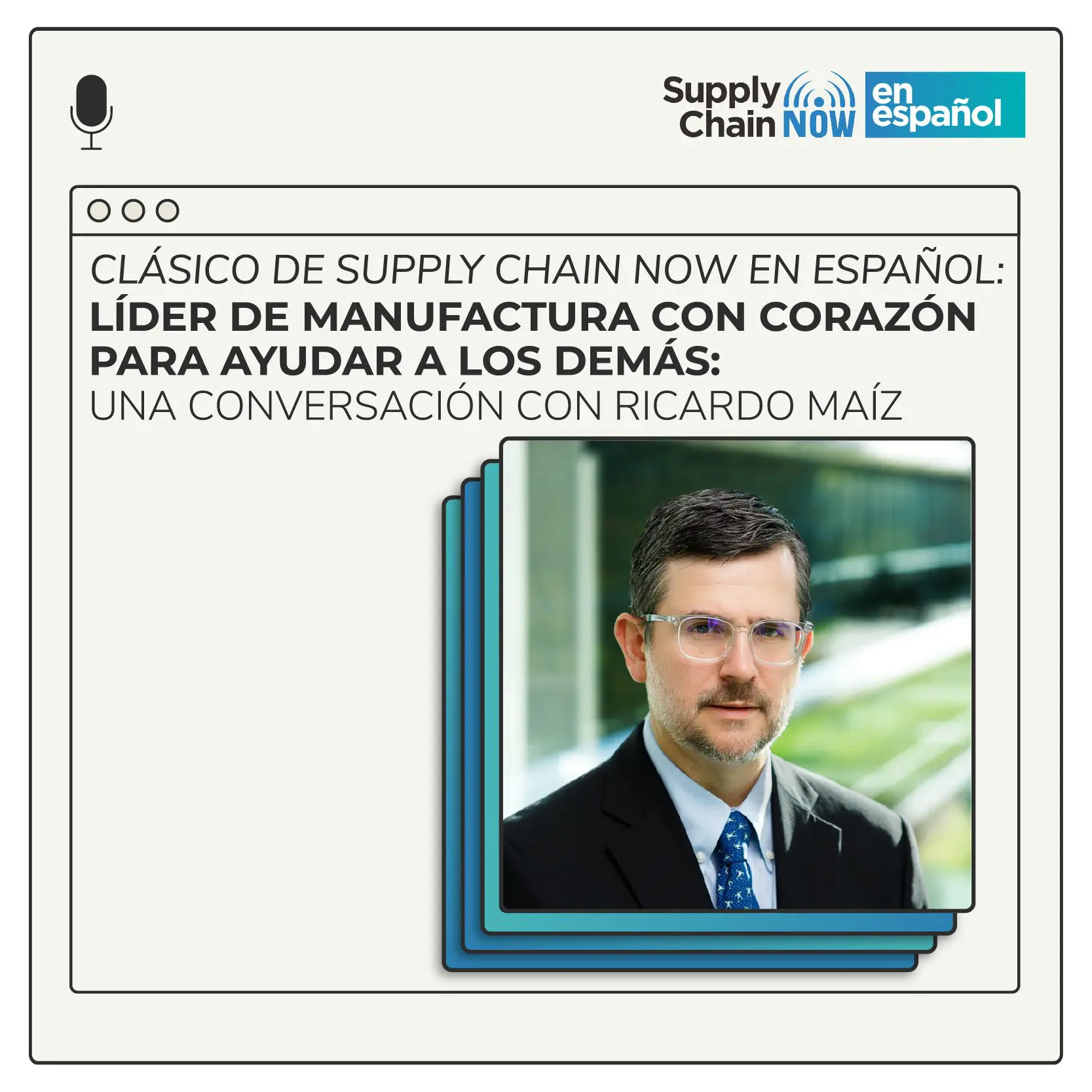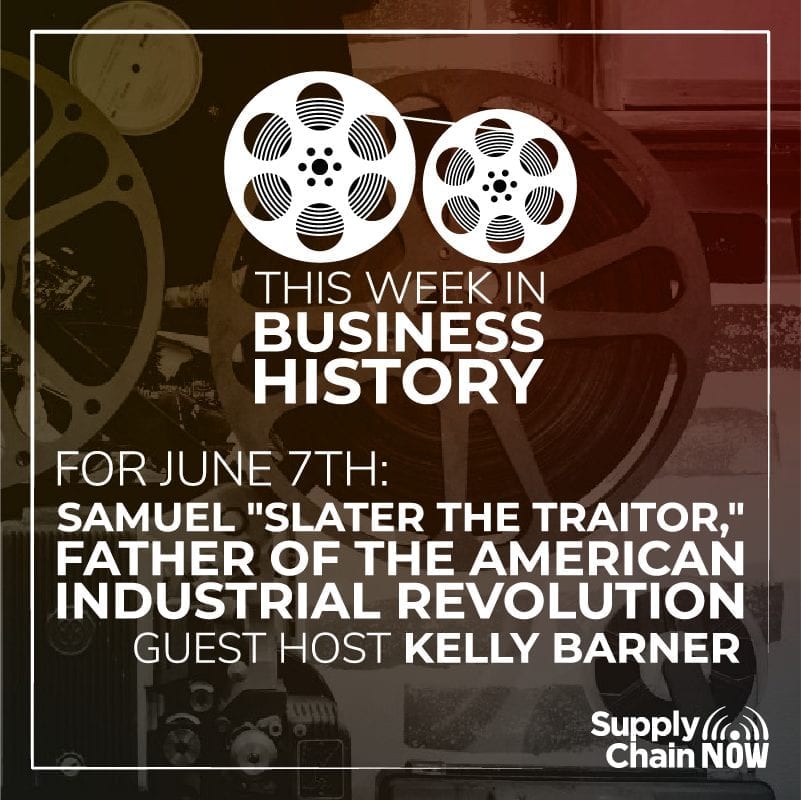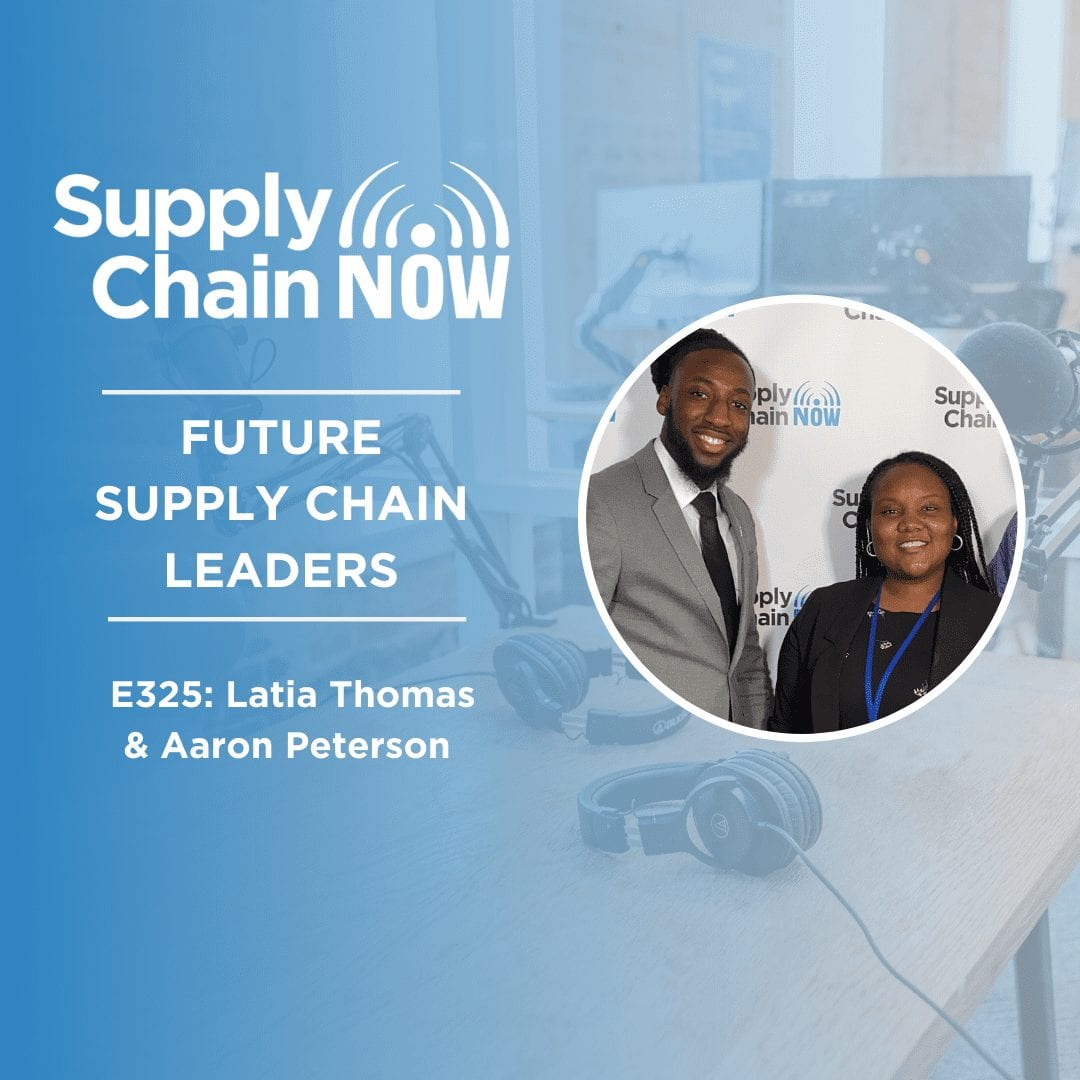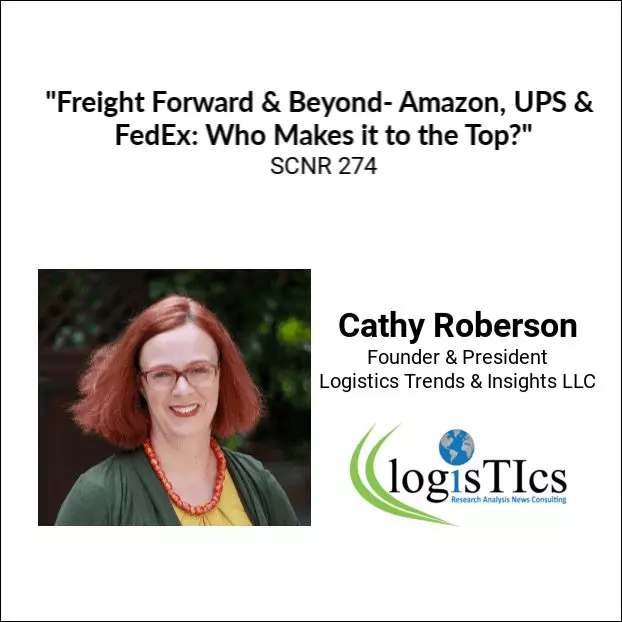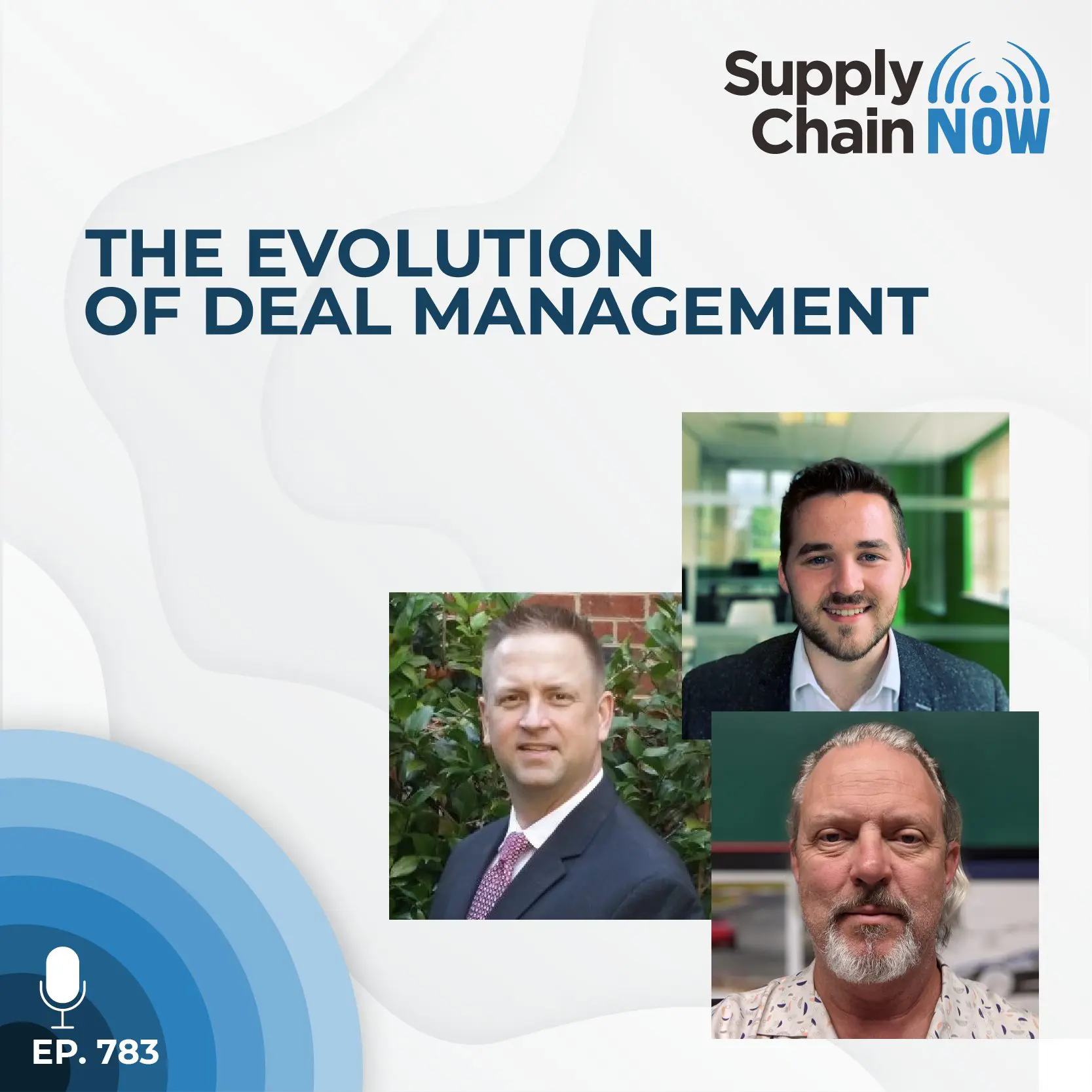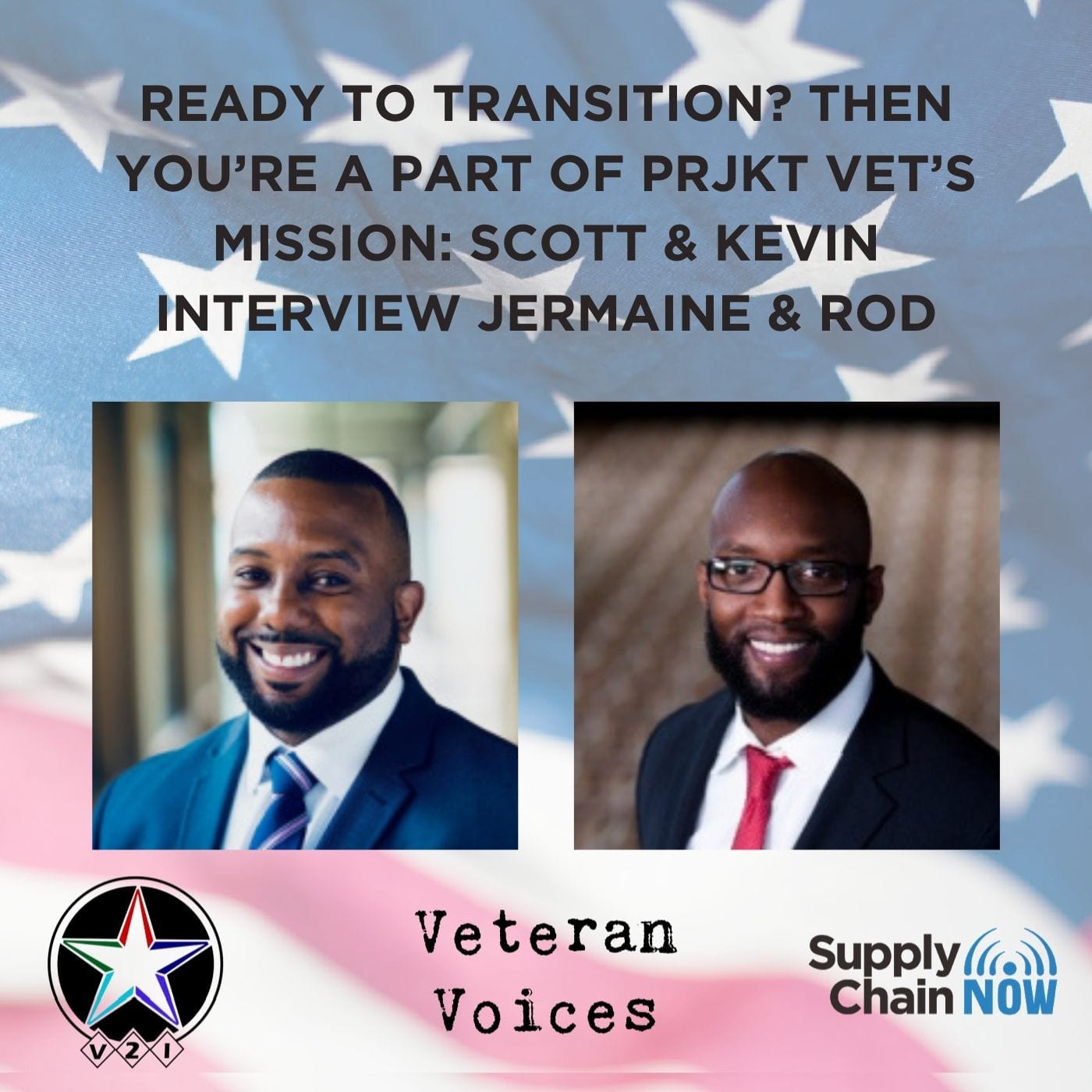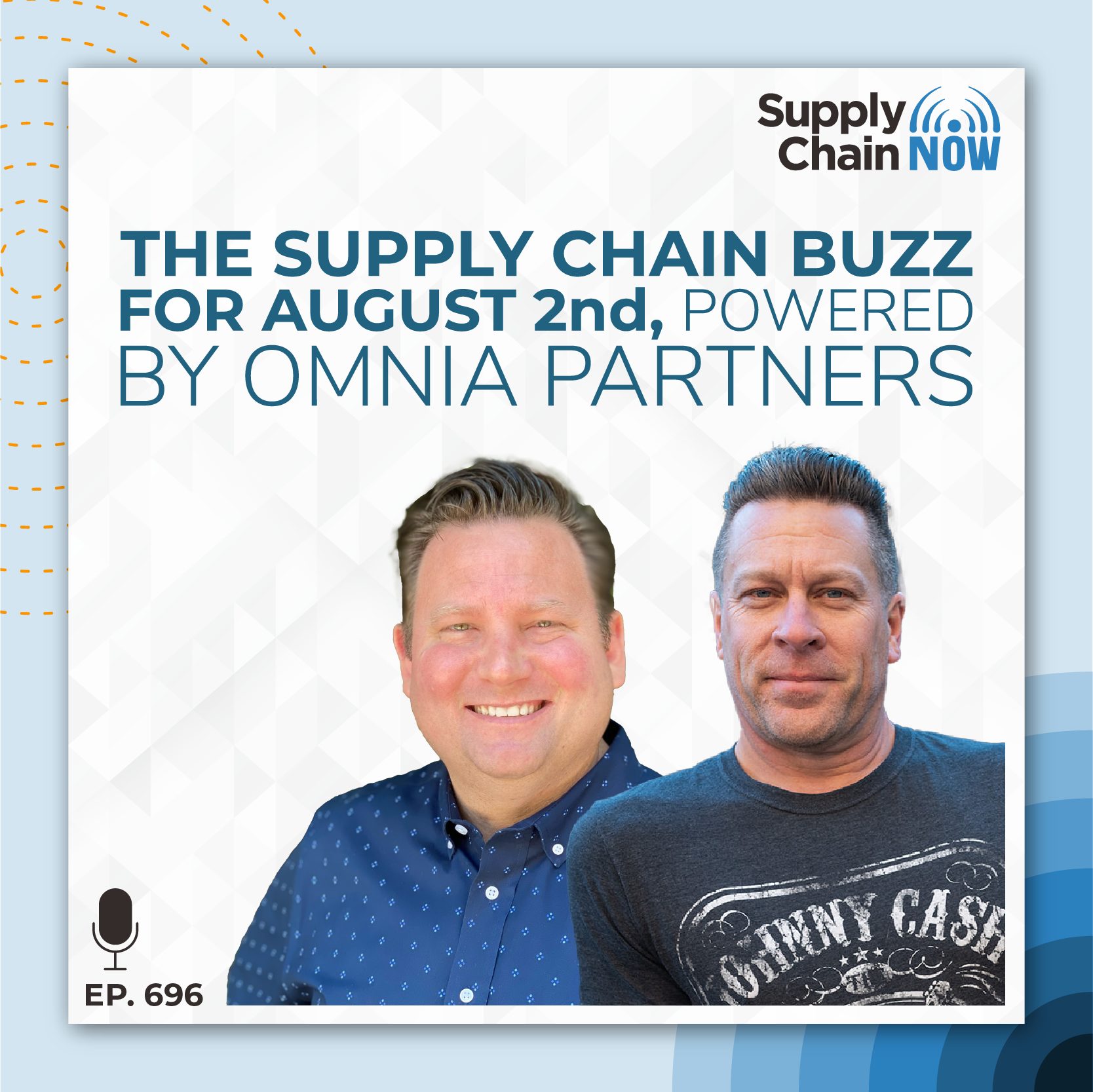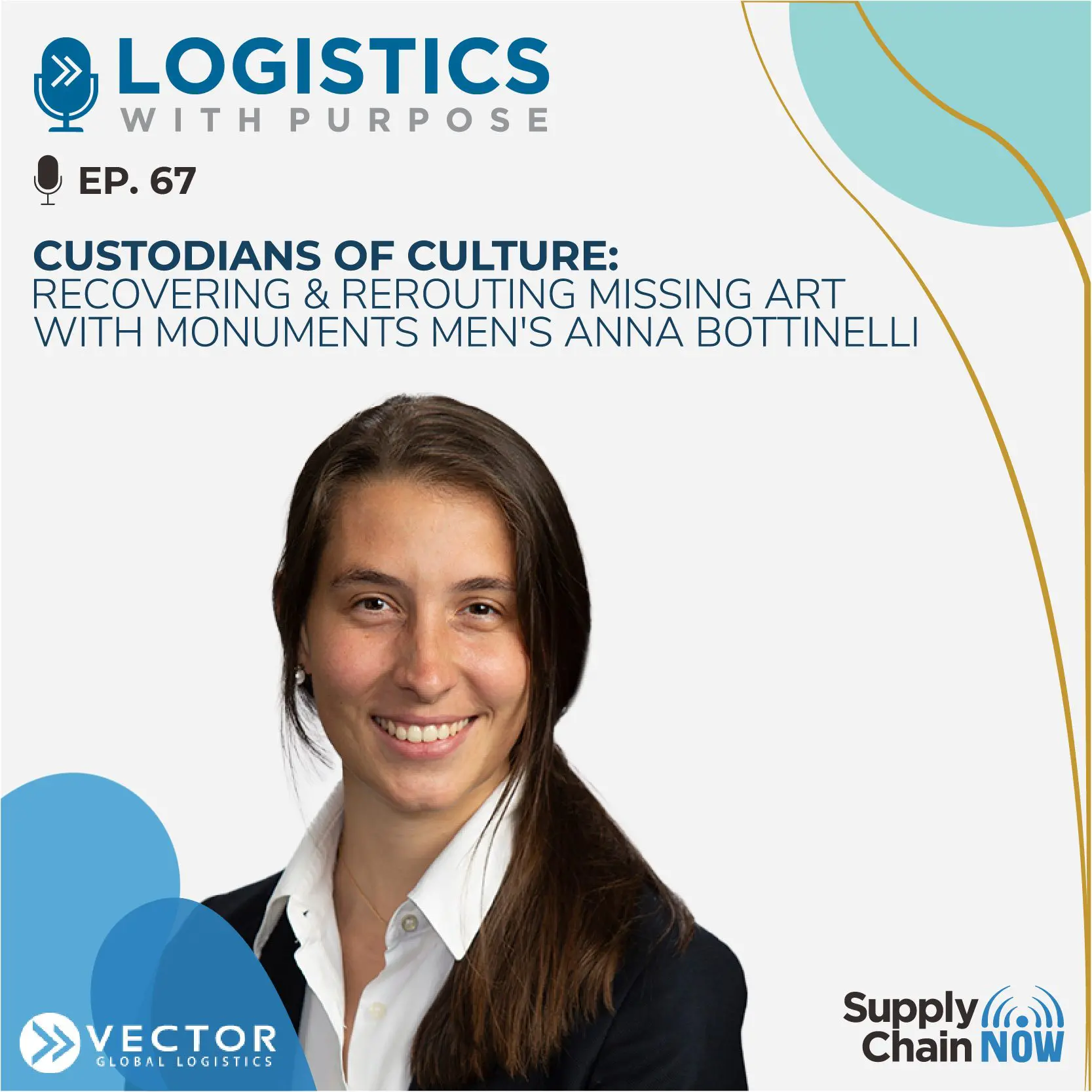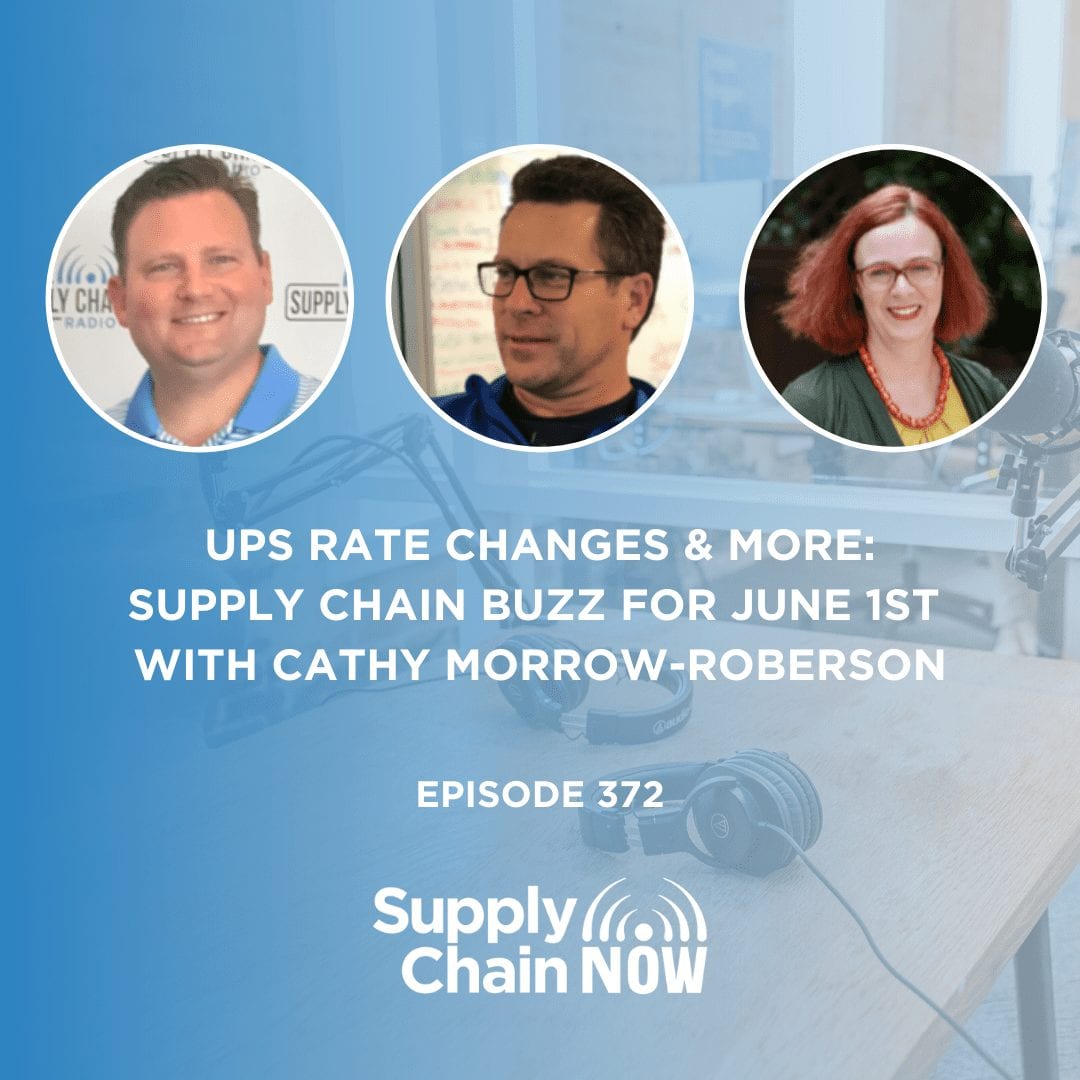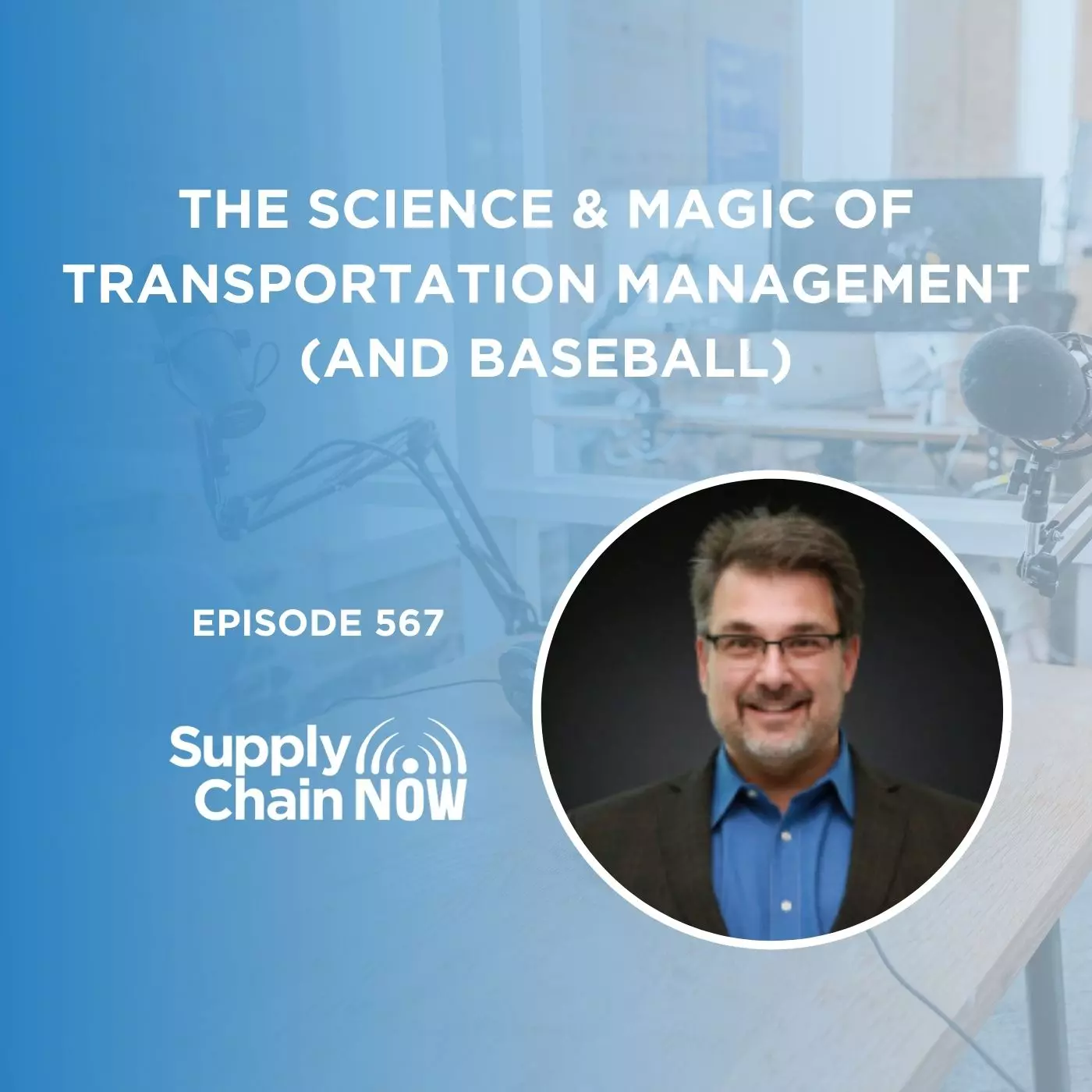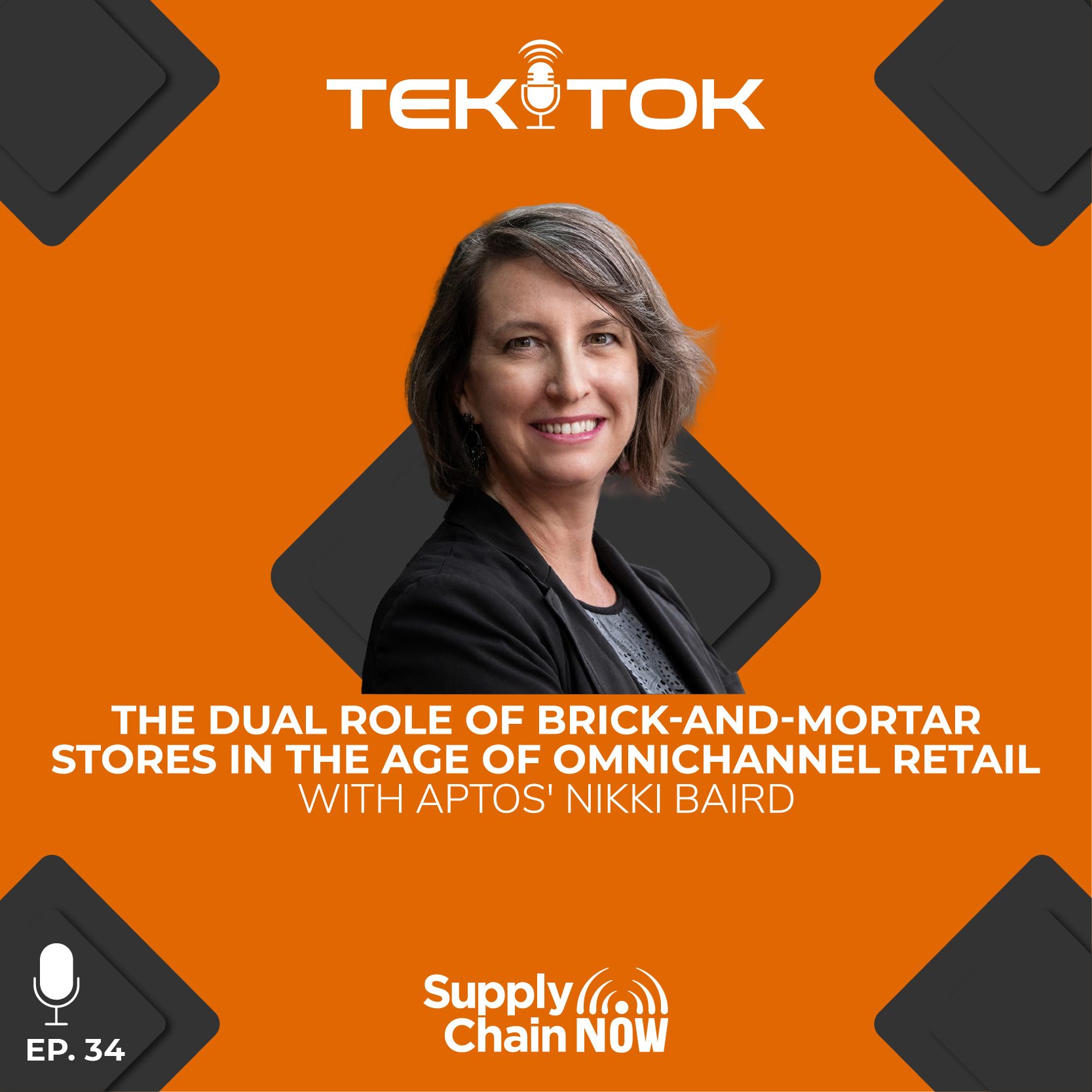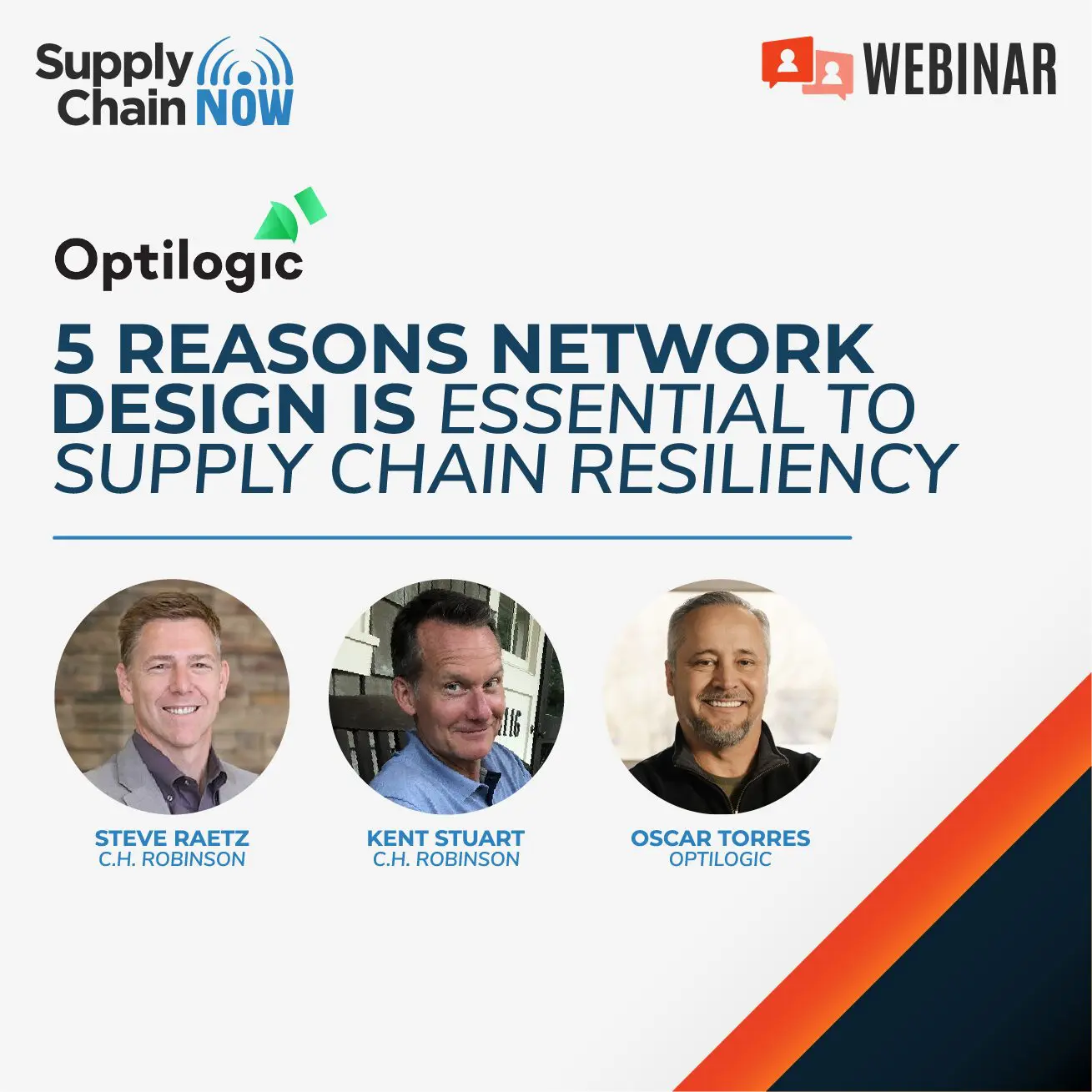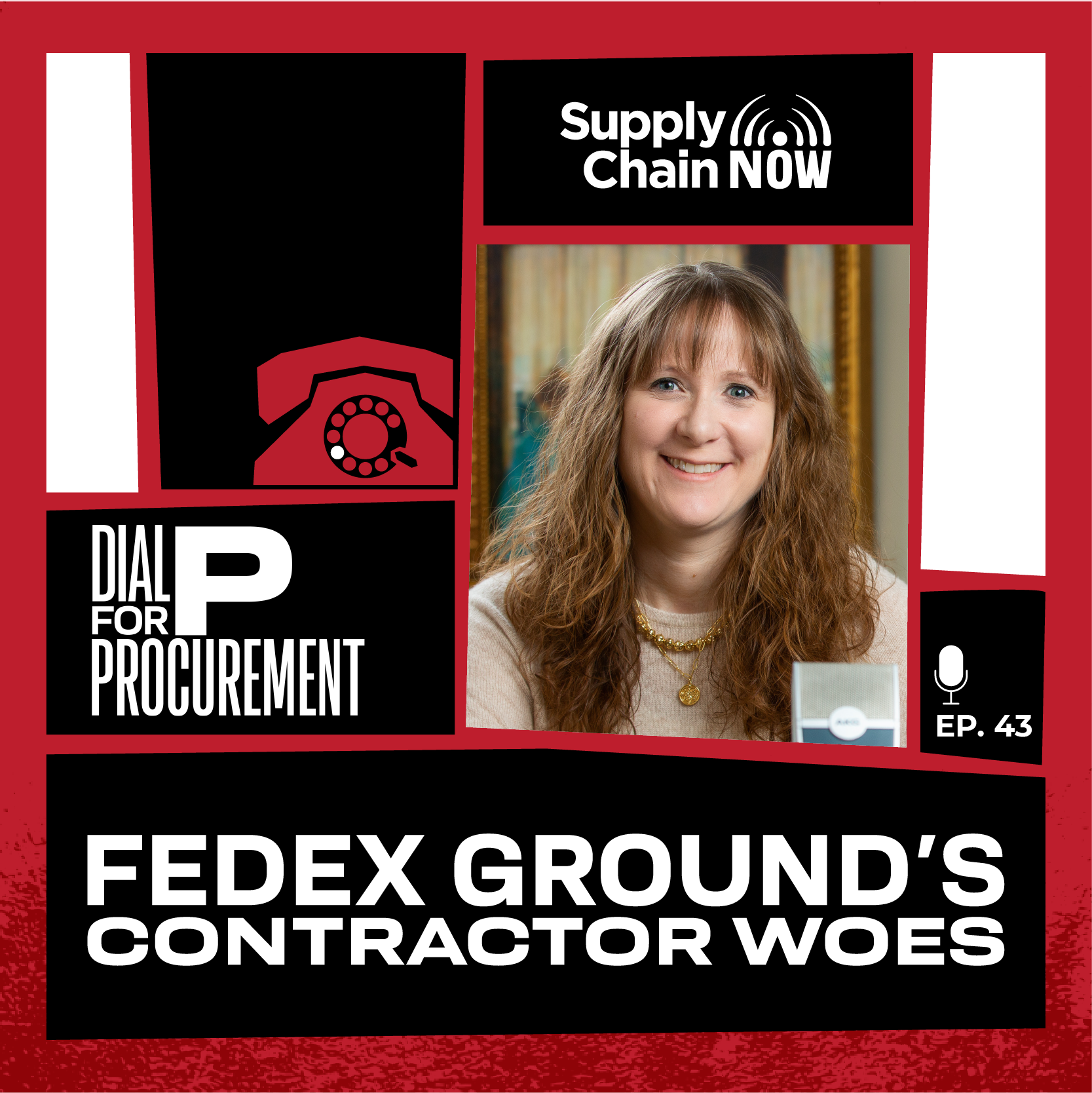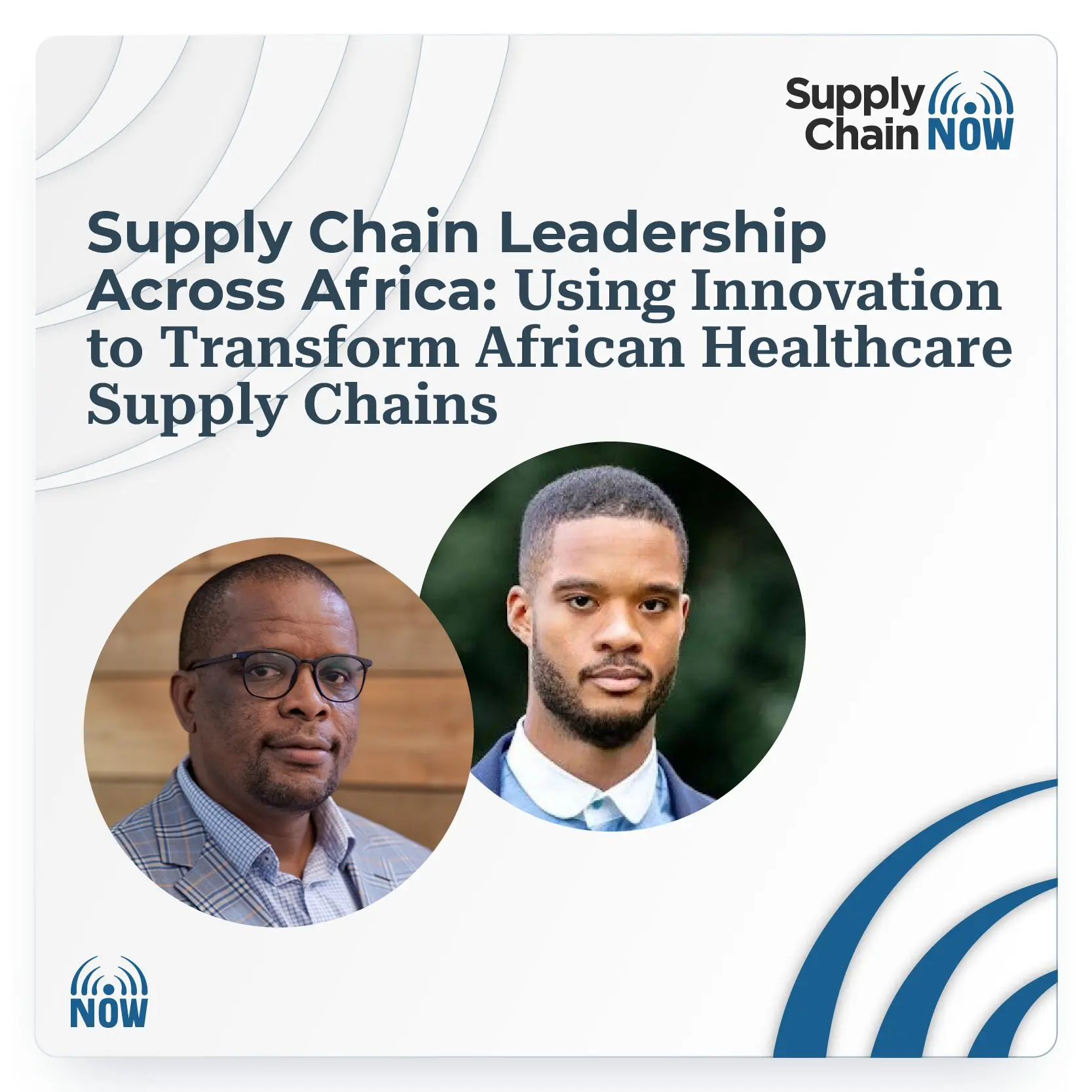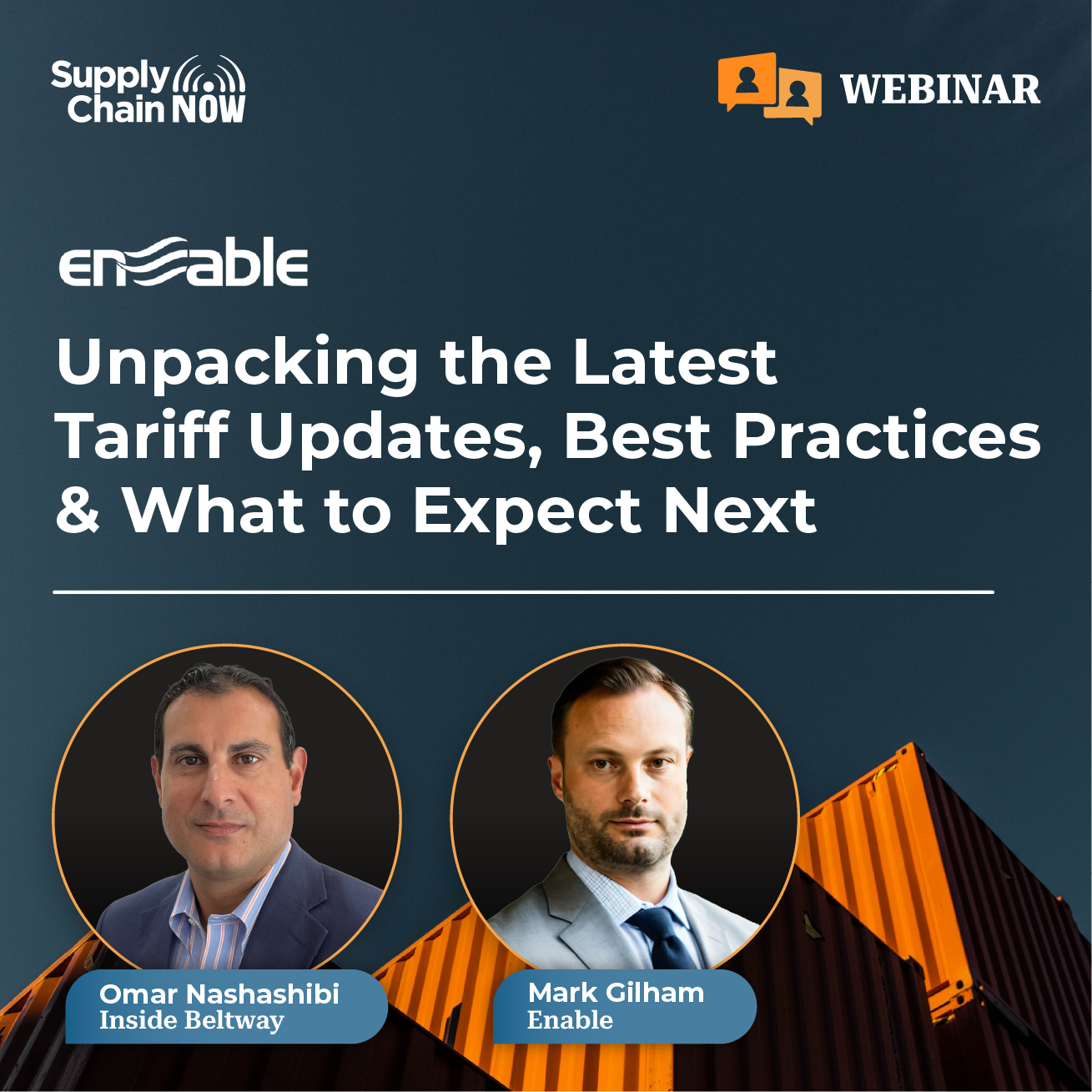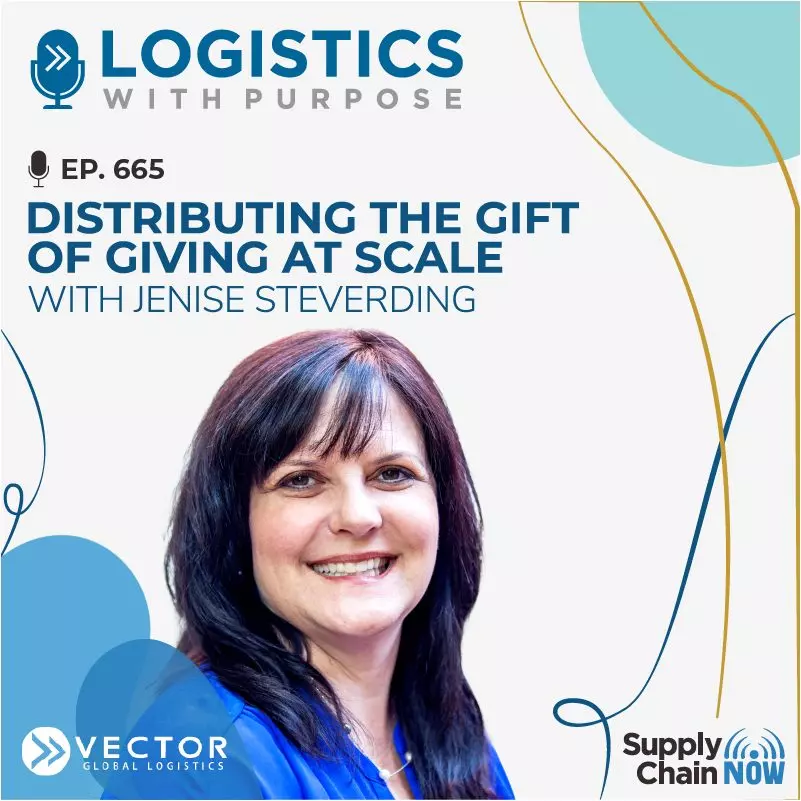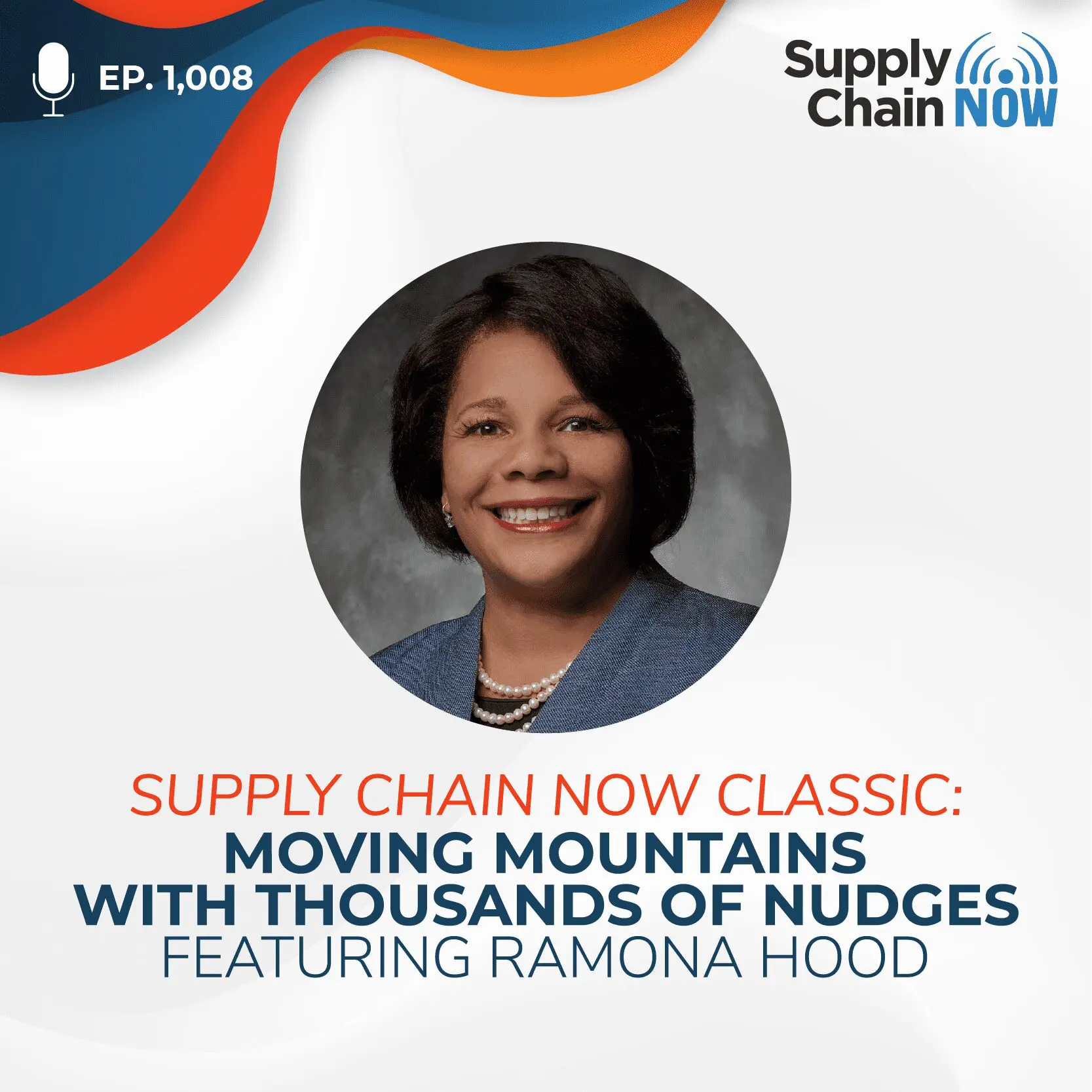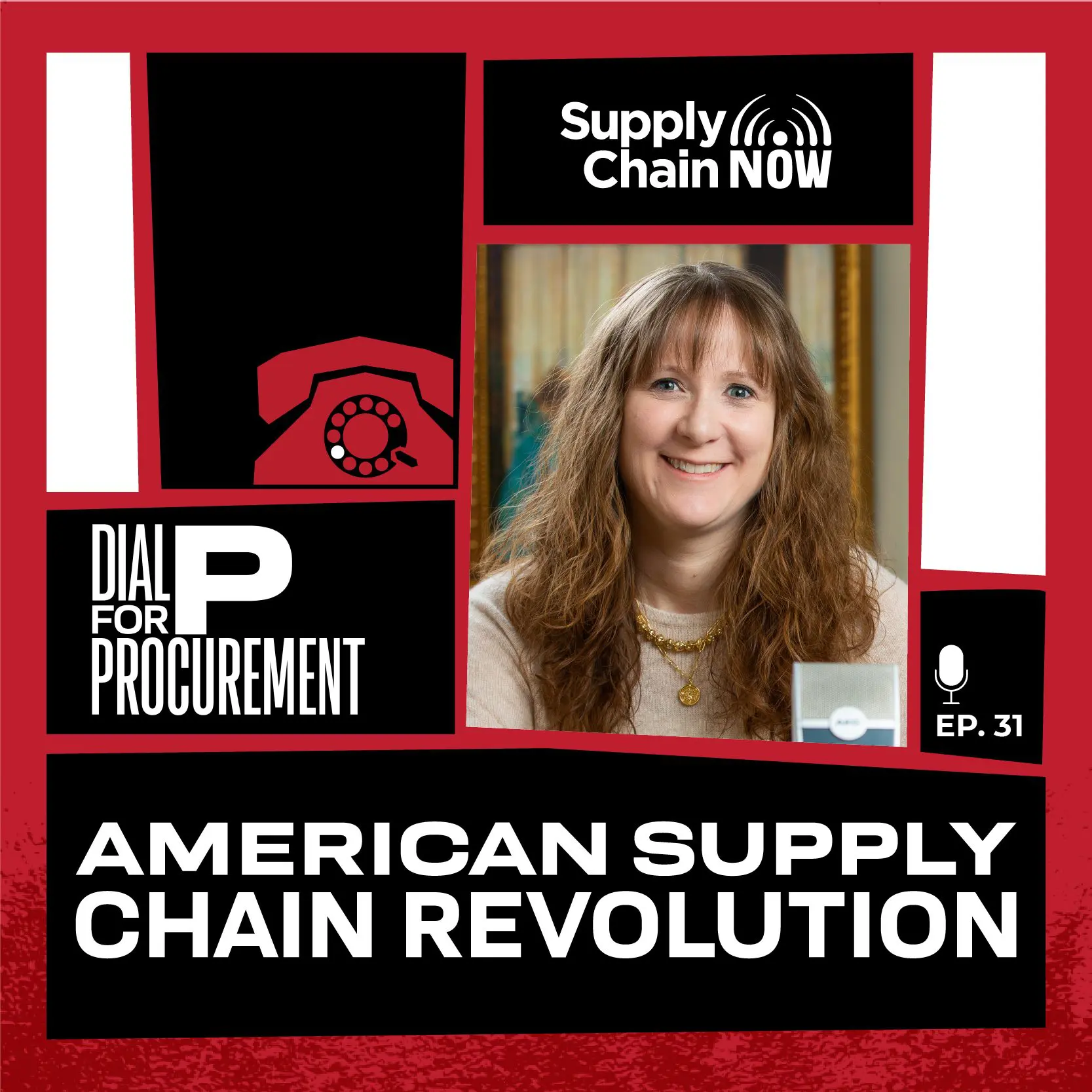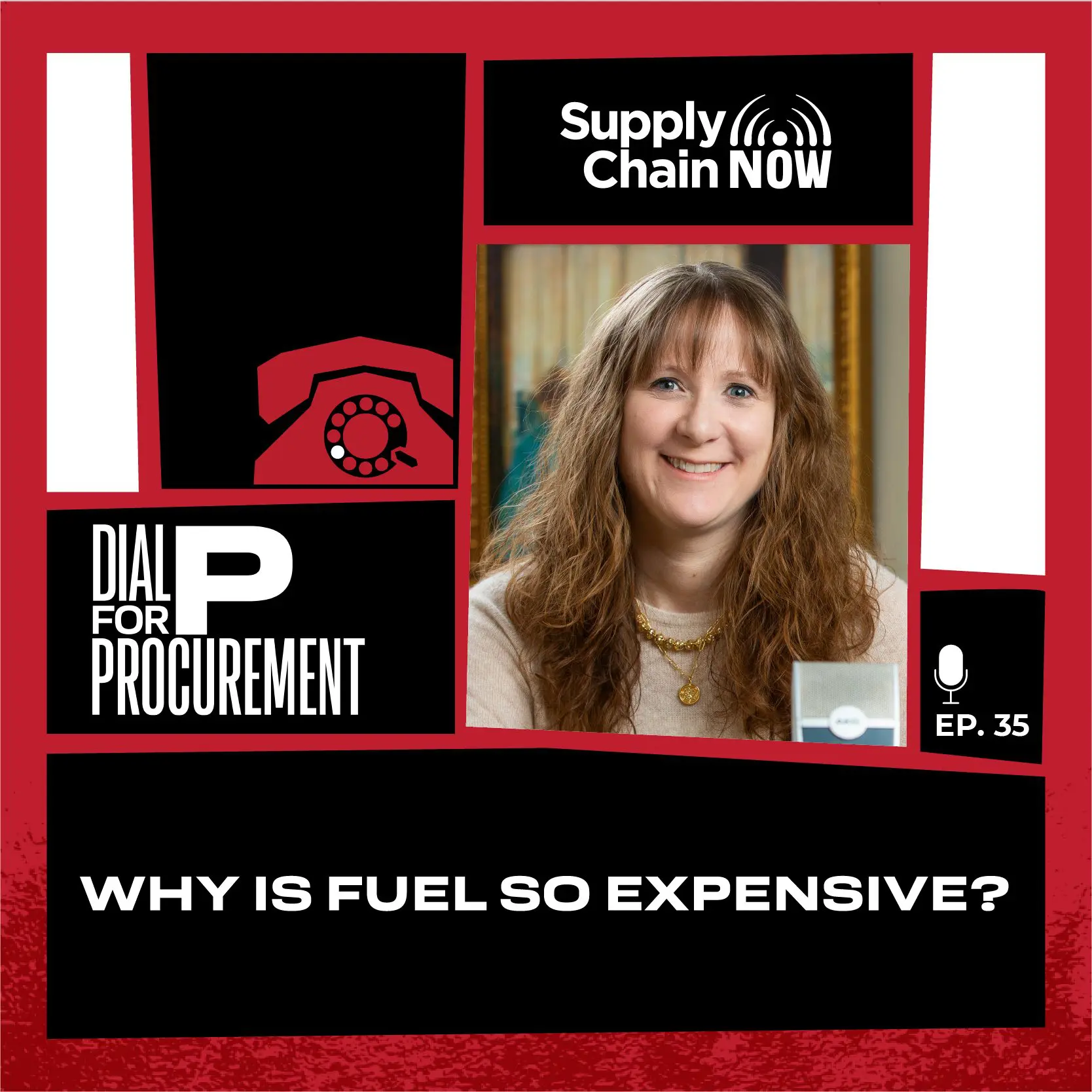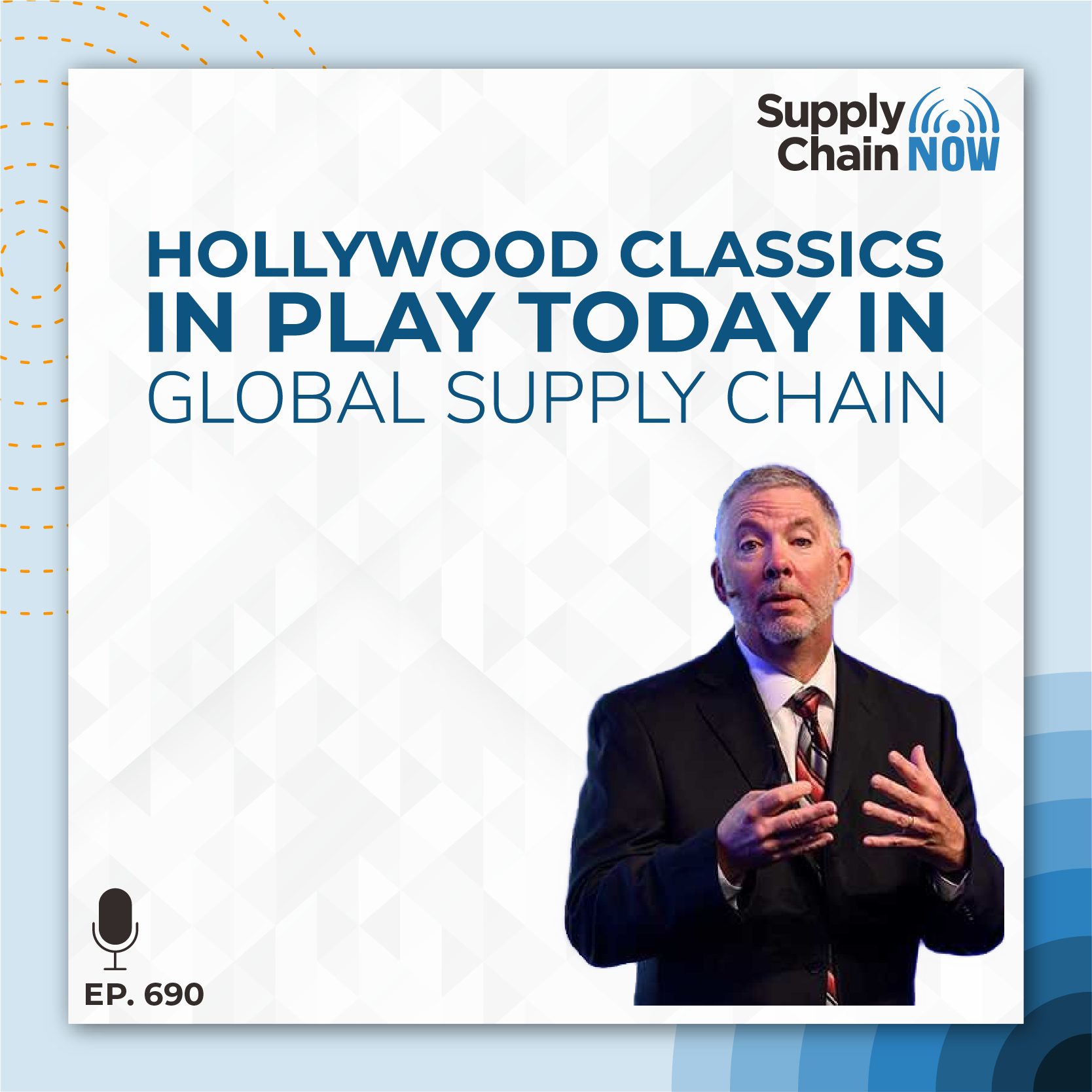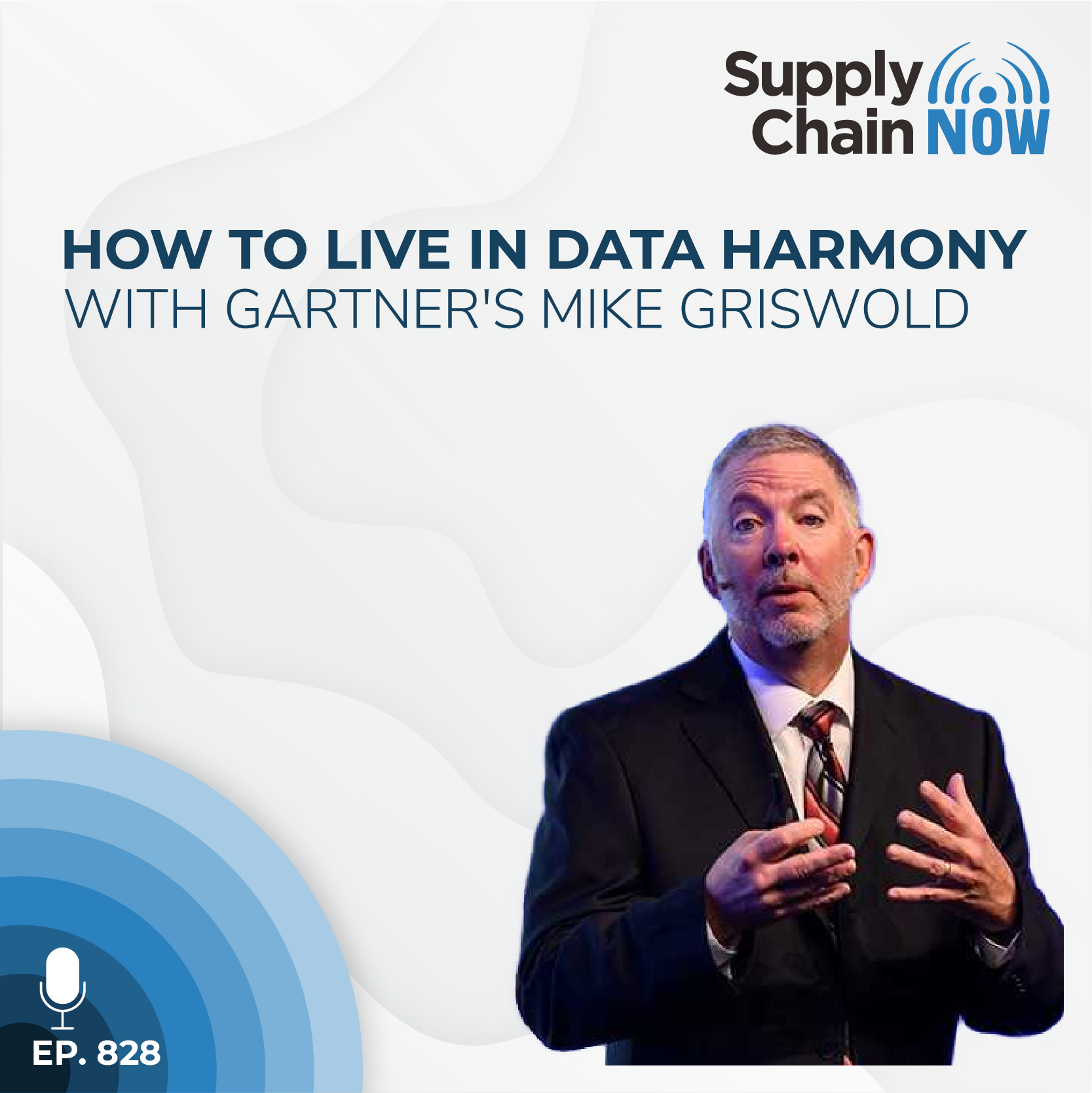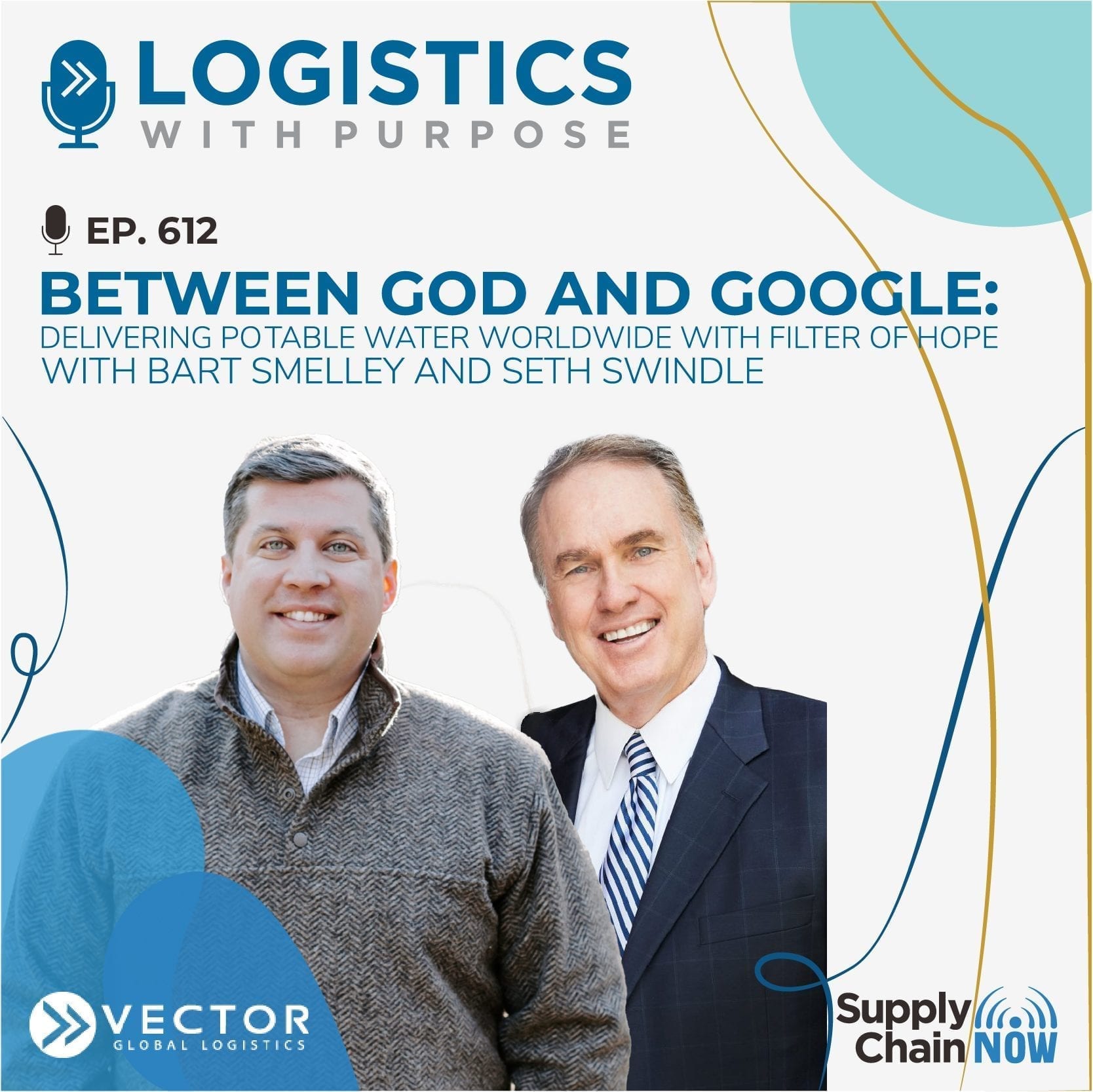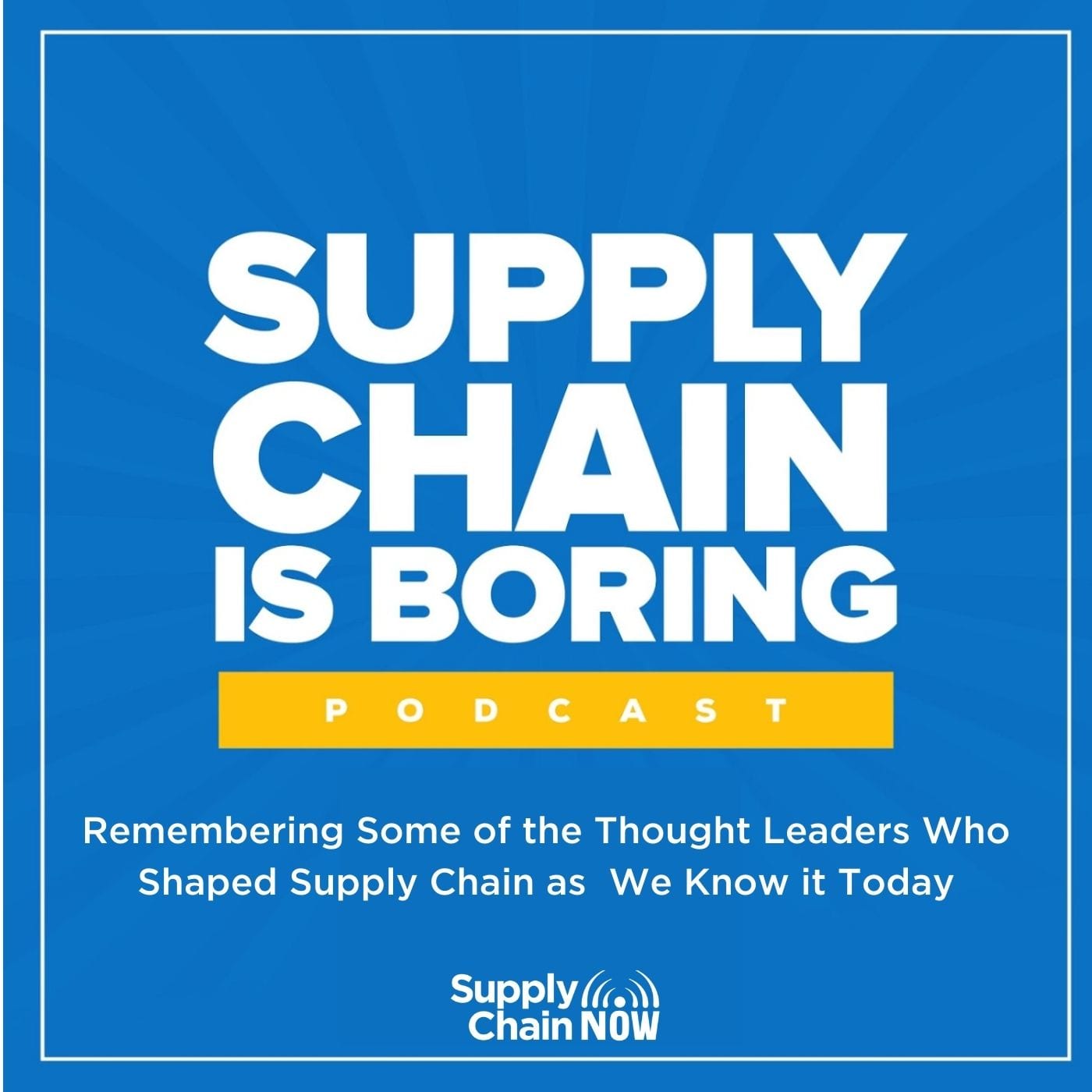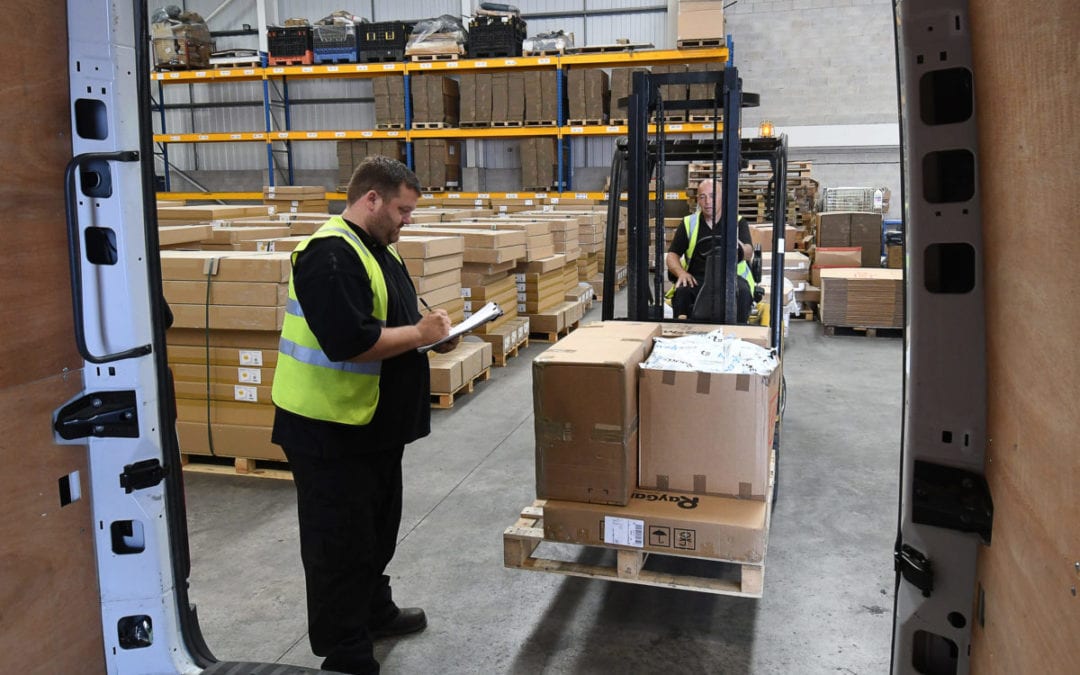
How the Delivery Experience Is Not a ‘One Size Fits All’
The ecommerce industry has been steadily growing over the last few years, accelerated by the Coronavirus pandemic which led to a surge in demand for online products and services. This is great news for online retailers; however, as we know, competition online is fierce. Retailers who aren’t offering an exceptional customer experience risk losing their business to a competitor. A key part of a great customer experience is delivery and returns, and customer expectations in this area are high. 60% of consumers will buy again from a retailer if they were satisfied with the delivery. Returns are equally important and 78% of consumers consider the quality of a returns service when choosing where to shop. Customers know what they want, and they will choose stores based on where they will get the best experience. However, not all customers are the same. Offering a personalised e-commerce experience that meets customer expectations is vital in the right to acquire and retain today’s digital customer where customer loyalty is only as good as the last shopping experience.
The Custom Approach to Delivery and Returns
When it comes to delivery, retailers who think a “one size fits all” approach will work underestimate the needs of the customer. Customers buy online for the convenience of being able to shop from their home. They also want convenience for delivery and returns.
For instance, if your customer expects the lowest price, they should be happy with a standard untracked postage. If they need an order urgently, they’ll look for an express delivery. You need to give them options including next day, specific time or day selection, and click and collect in a range of prices. Providing these options at checkout may mean the difference between a final sale or a cart abandonment with 45% of customers saying they will abandon a purchase if there is a lack of convenient delivery options*. Only by giving the customer control over their delivery can retailers ensure they are offering a custom approach that will secure the sale.
Customers also want a simple and easy returns process should there be an issue with the item, so retailers mustn’t just focus on the outbound delivery service. Just as choice and convenience is important for delivery, customers also want to be able to pick and choose the most convenient way to return their parcel.
Customer Choice Over Duties and Taxes
When selling internationally, there are different duties and taxes required to get parcels through customs. They’re not just important for the retailer, but 68% of all consumers check if there are any additional taxes paid before shipping overseas*. Therefore, it’s important for the customer that businesses are transparent over what needs to be paid. Just as with delivery, customers may also have different ideas of how they want to pay them. Technology can offer a simple solution, with widgets to calculate them for you, as well as giving the customer the option of paying it upfront, or when the parcel arrives – whatever suits them best.
International Ecommerce – Differences Across Countries
Another consideration for international sellers is the differences in customers across different countries. Just as one customer isn’t the same as the other, different countries have cultural considerations that can affect delivery and returns. Variations from country to country include:
- Delivery to a pickup point or local shops is more popular in Europe than the US such as France (58%), Spain (50%) and the Netherlands (46%).**
- In Scandinavia, Pick up and drop off points are the number one delivery preference and are used across the country.**
- In the US, delivery is considered even more important, with 93% viewing delivery options as vital to their sale.^^
- Germany has a real ‘returns culture’ – up to 70% of fashion purchases are returned+
- The Spanish and Chinese are most likely to abandon a cart if the returns policy is unsatisfactory +
Understanding the differences across countries is vital to ensure your delivery and returns is tailored to the needs of the countries you are selling into. Only by considering this can you offer the right experience to international customers.
Multi Carrier and the Key to International Ecommerce
Offering a custom approach to delivery can’t be achieved with one carrier. Retailers working with one carrier are limited by the types of services they can offer, and countries they can deliver to. Working with a global multi-carrier global partner like GFS gives you access to multiple carriers and competitive rates, without having to manage the relationships and contracts. It also means one delivery pick-up rather than dealing with multiple trucks driving up to your warehouses. All this, and just one technology integration that allows you to offer different delivery options, full transparency on duties and taxes, track and trace, and a customer service team to deal with enquiries.
A seamless delivery experience is important for maintaining and growing a cross-border ecommerce business. Not every retailer will have the same resources, which is why you need to think about your capacity, customers and strategy to ensure you have the right combination of technology and expertise to get it right. By taking the time to invest in your delivery strategy, you can ensure a great customer experience, without putting un-needed pressure on your operations. Offering agile and flexible delivery and returns to time-poor customers who are unwilling to compromise is vital and can make the difference between winning or losing that precious sale.
References:
- https://www.imrg.org/data-and-reports/imrg-reports/imrg-data-report-uk-consumer-home-delivery-review-2019-20/
- https://www.digitalcommerce360.com/2019/05/09/the-delivery-preferences-of-european-online-shoppers/
- https://www.supplychain247.com/paper/ecommer
Bobbie Ttooulis is the executive director of Global Freight Solutions, a UK-based multi-carrier shipping and e-commerce delivery company.
